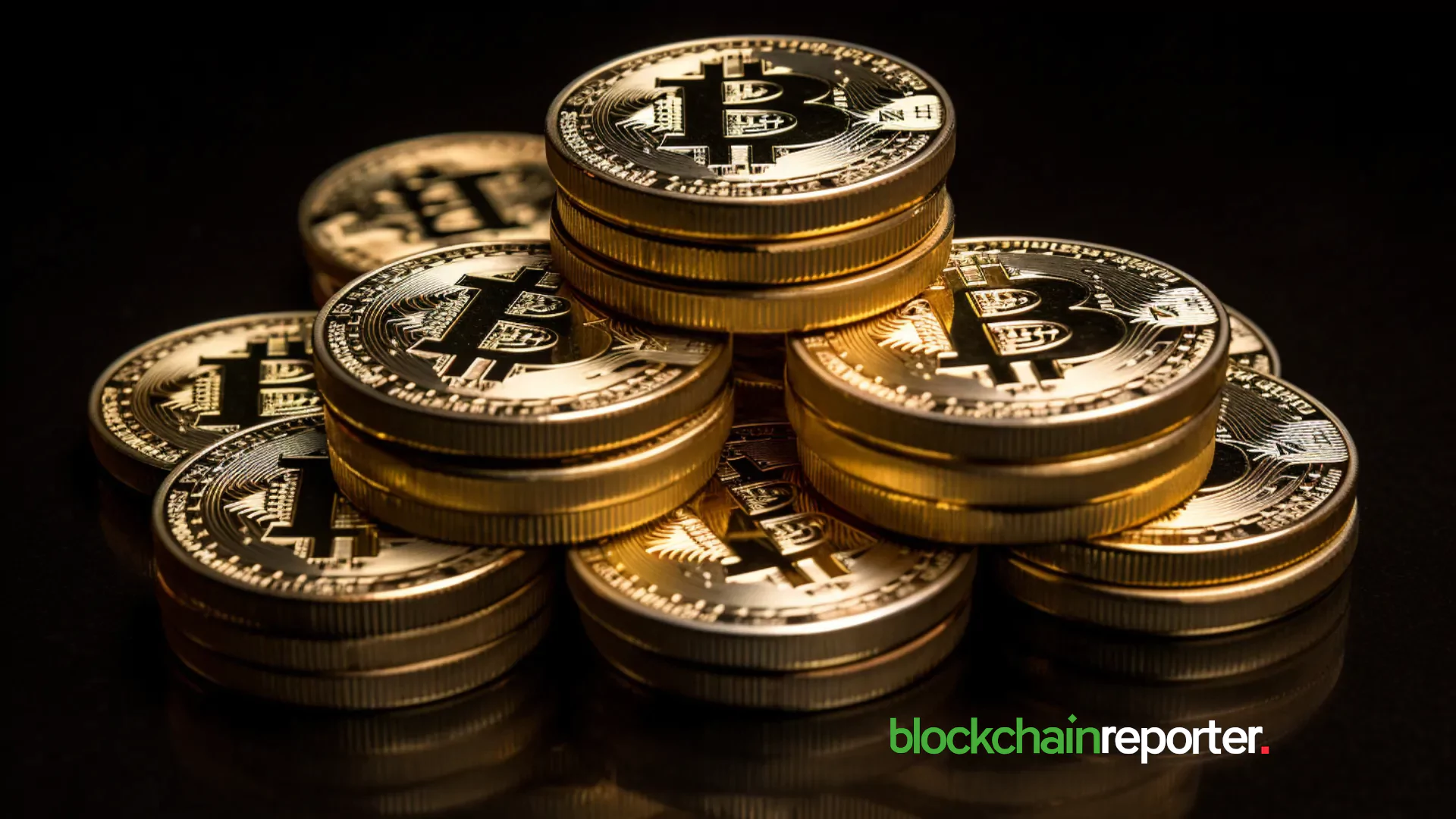
Bitcoin has undergone its fourth halving, a milestone event that not only affects miners but also resonates through the entire market ecosystem. This latest halving event saw the block reward for miners halve from 6.25BTC to 3.125BTC, effectively reducing the daily Bitcoin issuance from around 900 BTC to 450 BTC. This programmed supply cut is a core feature of Bitcoin’s economic model designed to create scarcity and potentially drive up the price over time.
This fourth epoch marks a significant point in *BTC* timeline, reaching approximately 93.75% of its total planned supply of 21 million BTC mined. The scarcity now supersedes that of traditional assets like gold, highlighting Bitcoin’s unique value proposition as a digital store of value. As we move deeper into this new era, the implications of these changes are vast, affecting everything from mining profitability to the overall market dynamics.

Economic Implications of Reduced Bitcoin Supply
The reduction in Bitcoin issuance fundamentally alters the landscape for miners and investors alike. Miners face a 50% drop in block rewards, which could challenge the profitability for less efficient operations. However, this decrease in supply often creates a bullish sentiment among investors as the asset becomes scarcer. Historically, such events have preceded significant bull runs in the Bitcoin market, although the magnitude and timing of these runs can vary greatly.
Moreover, the halving reduces the annual inflation rate of Bitcoin to about 0.85%, a figure that now undercuts the steady-state issuance rate of gold. This milestone positions Bitcoin as an even more deflationary asset than gold, which has been a go-to inflation hedge for centuries. The shift not only impacts investor perception but also cements Bitcoin’s role in the digital age as a potential safeguard against inflation.
Market Dynamics and Investor Sentiment Post-Halving
Despite the reduced rate of new Bitcoin entering circulation, the overall impact on the market’s liquidity is relatively minor. This is because the amount of Bitcoin mined daily is dwarfed by the volume traded and the total supply already in circulation. Nonetheless, the halving is a significant event that tends to attract speculative interest and can lead to increased market volatility.
Investor sentiment leading up to and following the halving has shown positive trends. Notably, the market has seen a new all-time high (ATH) before this halving—a first in Bitcoin’s history for such timing. This suggests a robust demand undercurrent, further fueled by the launch of new financial products like spot ETFs, which have broadened access to Bitcoin for institutional and retail investors.
Moreover, historical data from Glassnode suggests that while post-halving years have often been accompanied by substantial price increases, they also bring about considerable volatility, including deep drawdowns. This pattern underscores the need for investors to remain cautious, balancing the excitement around halving events with the potential for sudden market shifts.








